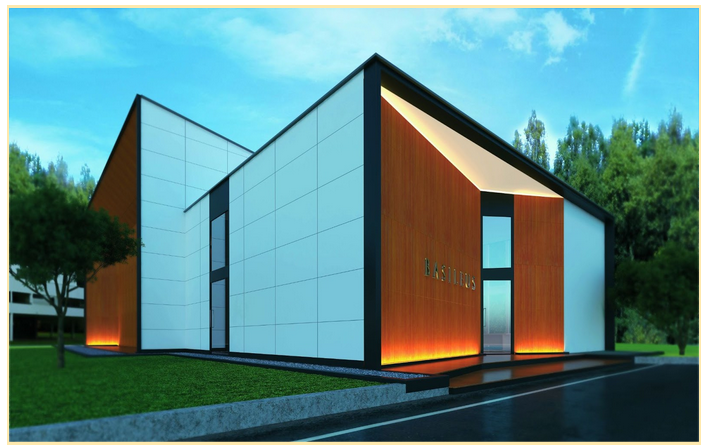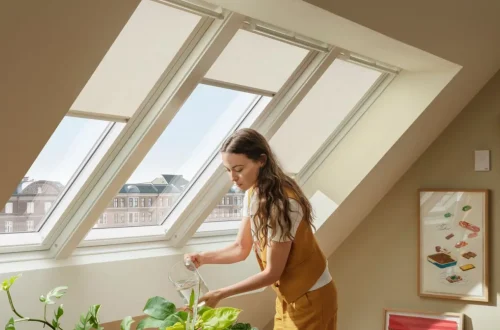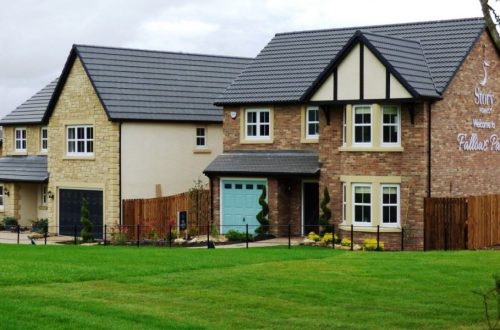In both residential and commercial construction, cladding has become one of the most effective ways to transform a building’s exterior. It is more than just a decorative layer—it is a functional shield that protects the structure from harsh weather, improves insulation, and adds long-lasting value. Whether you are renovating an existing property or working on a new build, the right cladding can significantly enhance both the visual appeal and durability of your project.
What Is Cladding?
Cladding is the application of one material over another to create a protective and aesthetic outer layer. It serves multiple purposes: improving thermal performance, increasing weather resistance, reducing maintenance requirements, and enhancing architectural style. Modern cladding systems are designed to meet the needs of various environments, styles, and budgets, making them a flexible choice for property owners.
Benefits of Cladding
Enhanced Weather Protection
One of the primary functions of cladding is to act as a barrier against external elements such as rain, wind, snow, and UV rays. This protective layer helps maintain the structural integrity of the building over time.
Improved Thermal and Acoustic Insulation
Many cladding systems offer excellent insulation, helping to regulate indoor temperatures and reduce energy consumption. In addition, they can improve sound insulation, creating a quieter and more comfortable indoor environment.
Aesthetic Appeal
Cladding offers endless design possibilities. With a variety of materials, colors, textures, and patterns available, it allows property owners to achieve any desired look—from sleek and contemporary to warm and traditional.
Low Maintenance
Certain types of cladding, such as composite, fiber cement, or metal, require minimal upkeep compared to materials like natural wood. This means less time and money spent on repairs and repainting.
Increased Property Value
Well-installed, high-quality cladding can enhance curb appeal, making your property more attractive to buyers and potentially increasing its market value.
Popular Cladding Materials
Fibre Cement Cladding
Known for its durability and versatility, fibre cement is resistant to rot, pests, and fire. It can replicate the look of natural wood while offering a longer lifespan and lower maintenance requirements.
Composite Cladding
Made from a blend of recycled wood fibers and polymers, composite cladding combines sustainability with durability. It is available in a variety of finishes and requires minimal upkeep.
Timber Cladding
A classic choice for its natural beauty and warmth, timber brings character to any building. While it requires periodic treatment to maintain its look, it remains a popular option for traditional and rustic designs.
Metal Cladding
Options like aluminum, zinc, and copper offer a sleek, modern appearance along with exceptional durability. Metal cladding is corrosion-resistant, lightweight, and ideal for contemporary projects.
Stone and Brick Cladding
These materials provide timeless appeal and solid protection. They are often chosen for their strength, texture, and ability to blend with the surrounding environment.
Design Trends in Cladding
Modern architectural trends often mix materials to create unique visual contrasts—such as combining timber with metal or stone with glass. Vertical and diagonal installation patterns are becoming more popular, adding dynamic lines and modern aesthetics. There is also growing interest in eco-friendly cladding materials, which combine performance with sustainability.
Choosing the Right Cladding for Your Property
When selecting cladding, consider the following factors:
Purpose and Functionality – Decide whether your priority is appearance, insulation, weather protection, or a combination of these.
Budget – Prices vary widely depending on the material. Consider both the upfront cost and long-term maintenance expenses.
Style of the Building – Choose a material and finish that complements your property’s architecture.
Climate – Some materials perform better in certain environments, so it’s important to match the cladding to local weather conditions.
Maintenance Requirements – Opt for low-maintenance options if you prefer a long-lasting finish without frequent upkeep.
Installation and Maintenance Tips
Proper installation is crucial for maximizing the benefits of cladding. Always ensure correct sealing, alignment, and weatherproofing to prevent water infiltration. For ongoing maintenance, follow the manufacturer’s cleaning recommendations and check regularly for signs of damage.
Cladding is much more than an exterior finish—it is a long-term investment in your property’s beauty, efficiency, and durability. By choosing the right materials, design, and installation method, you can create a building exterior that not only looks stunning but also stands strong against the elements for decades. Whether your goal is to achieve a modern architectural statement or enhance a traditional design, cladding offers the perfect solution to elevate your property’s appearance and performance.





